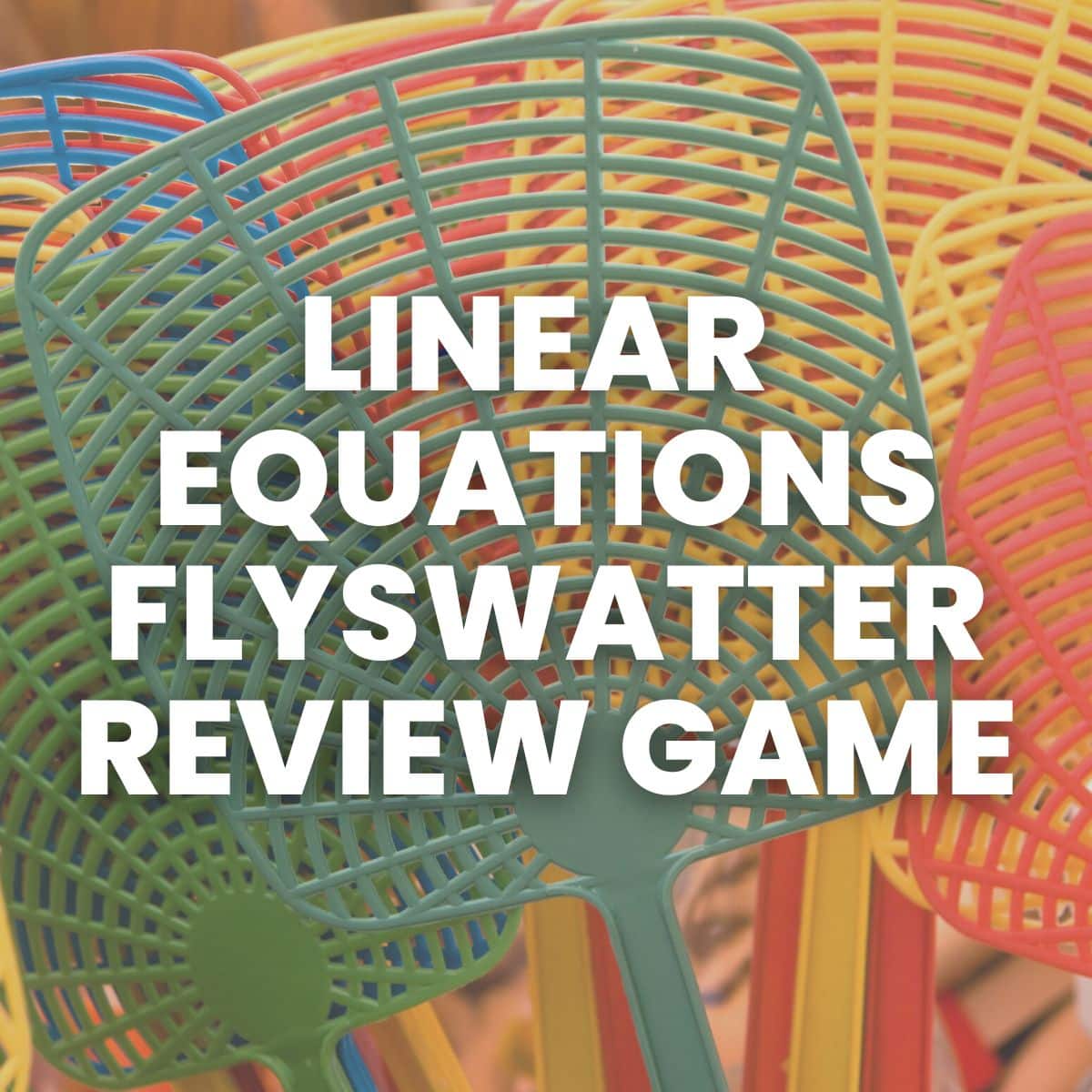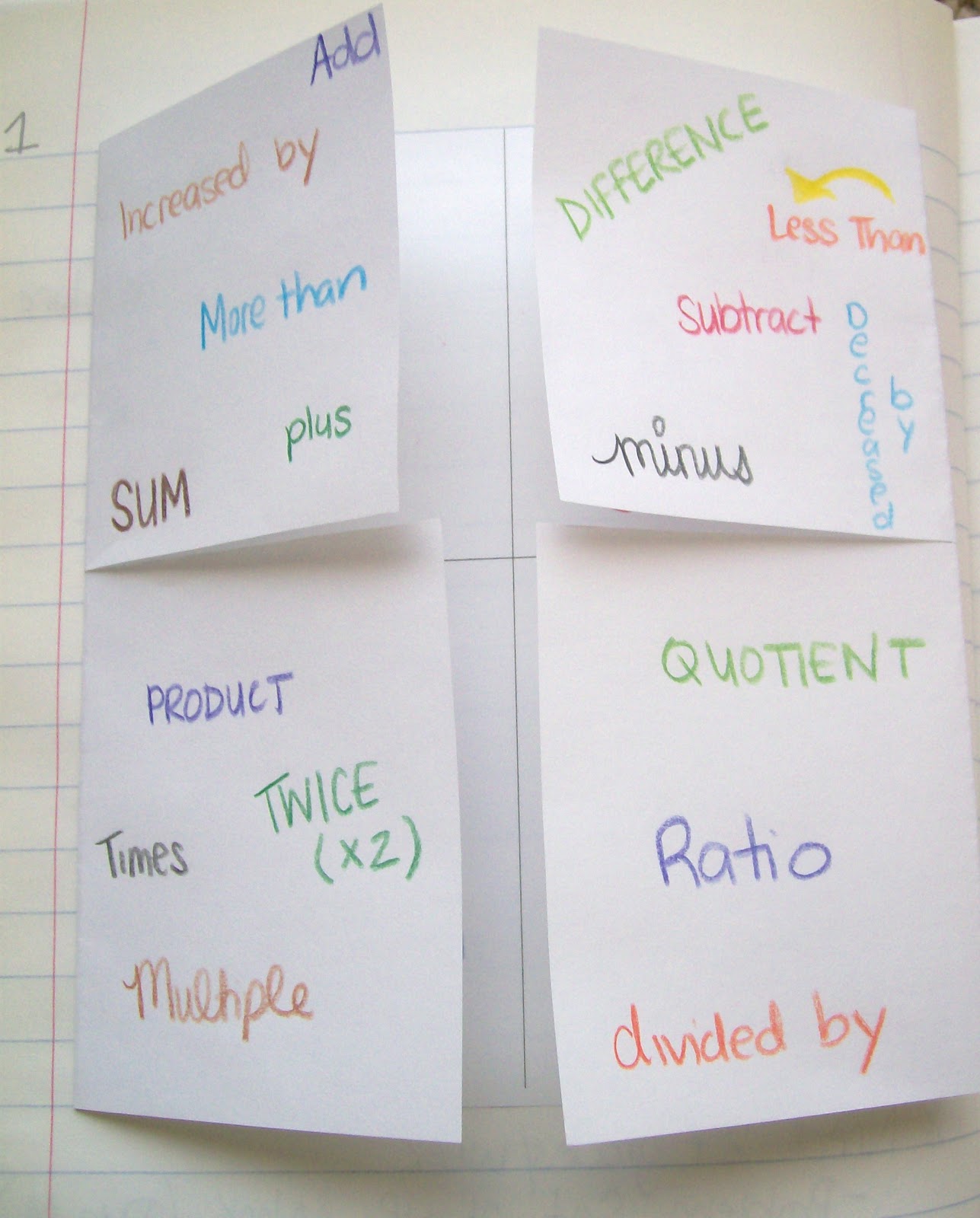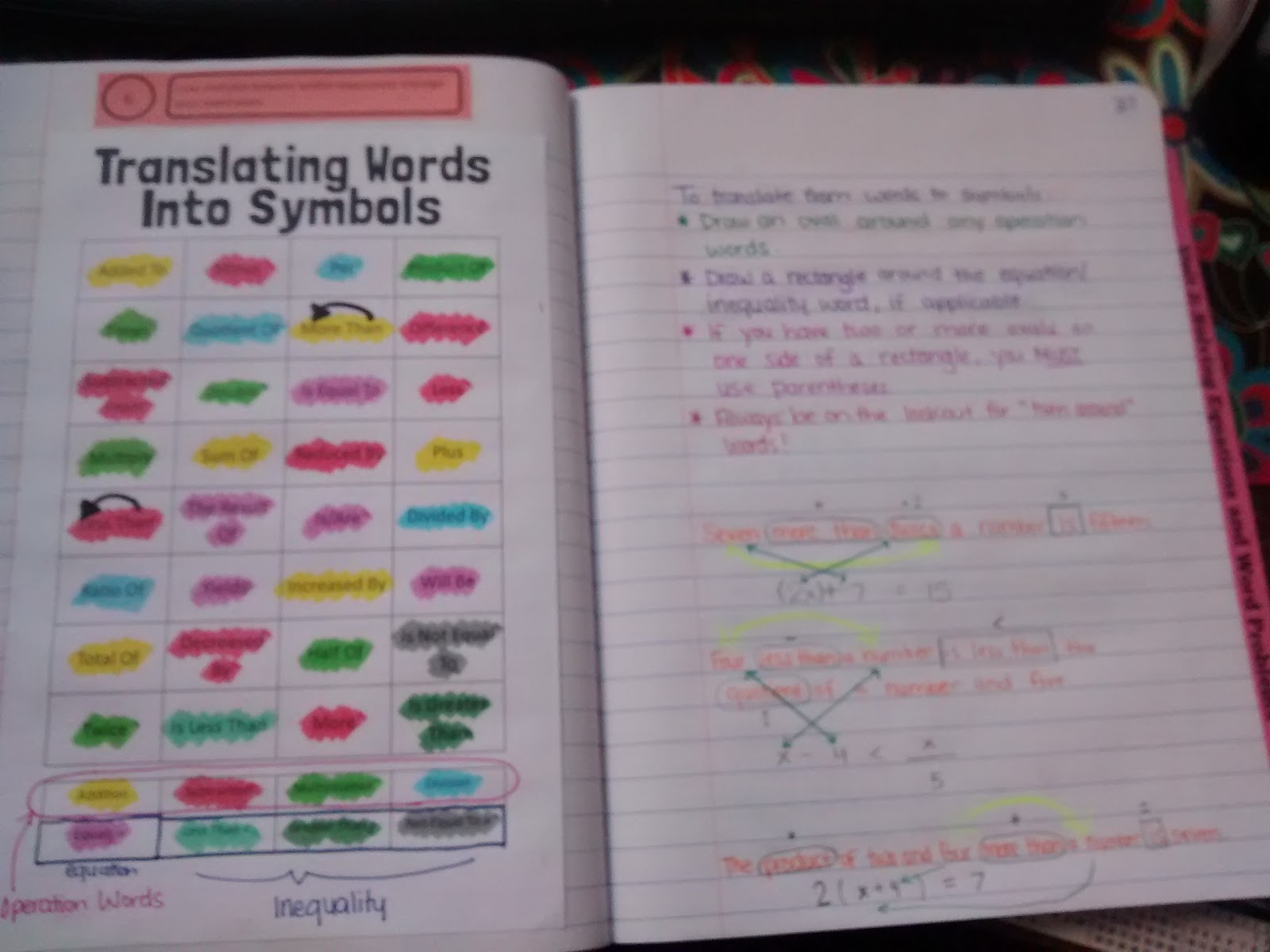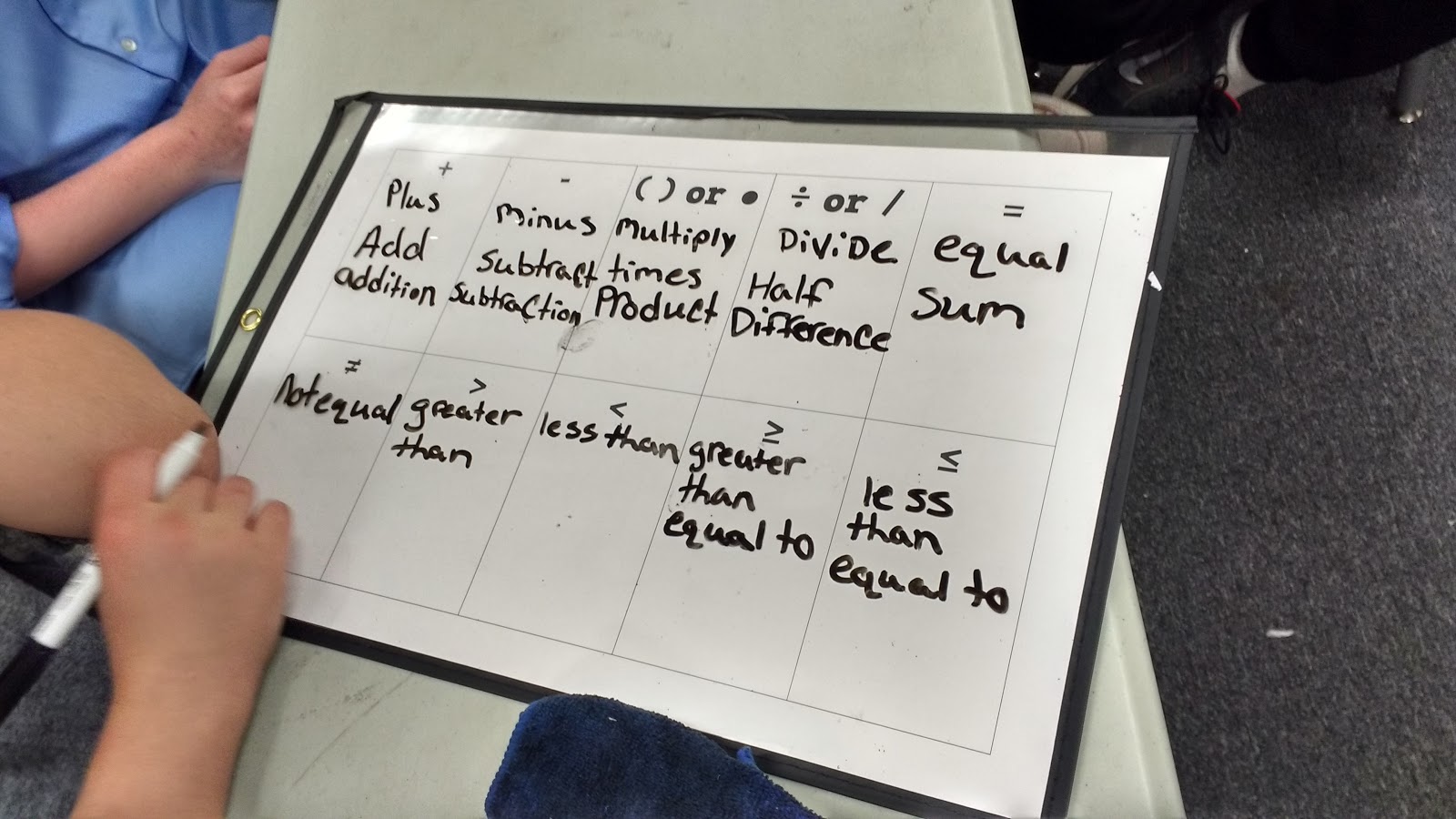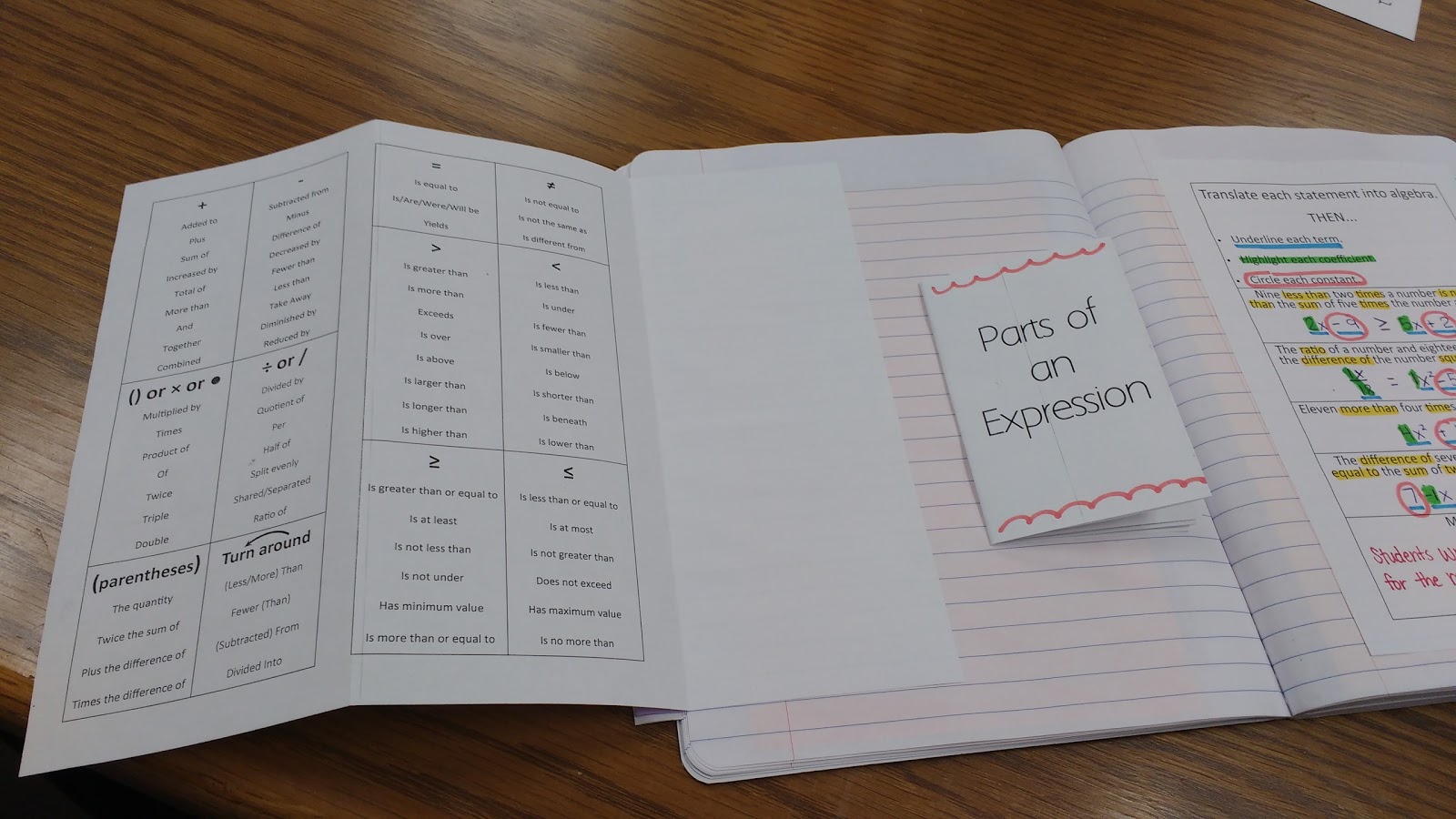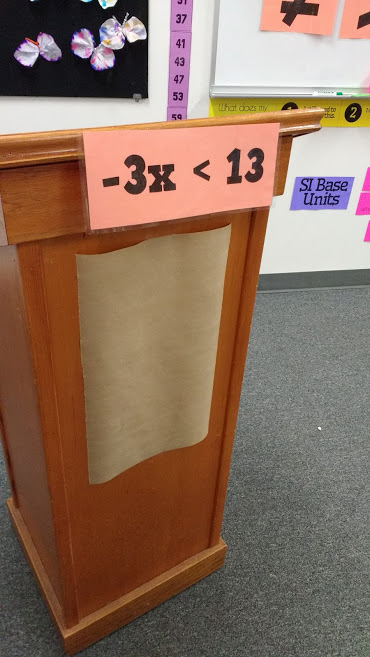Translating Algebra Flyswatter Game
This blog post contains Amazon affiliate links. As an Amazon Associate, I earn a small commission from qualifying purchases.
Want to check out my favorite Amazon items for the classroom? Check out my Amazon favorites page!
As a fifth grader, my classmates and I always looked forward to the days where the flyswatter game was on the agenda. Mrs. Murray, my teacher for science and social studies, would use the game to help us review our vocabulary words at the end of each chapter. Each vocab word would be written on the dry erase board. We would form two lines in front of the dry erase board. The person at the front of each line would be given the coveted fly swatter. Now, these were special fly swatters that were only to be used for this game, not killing actual flies.
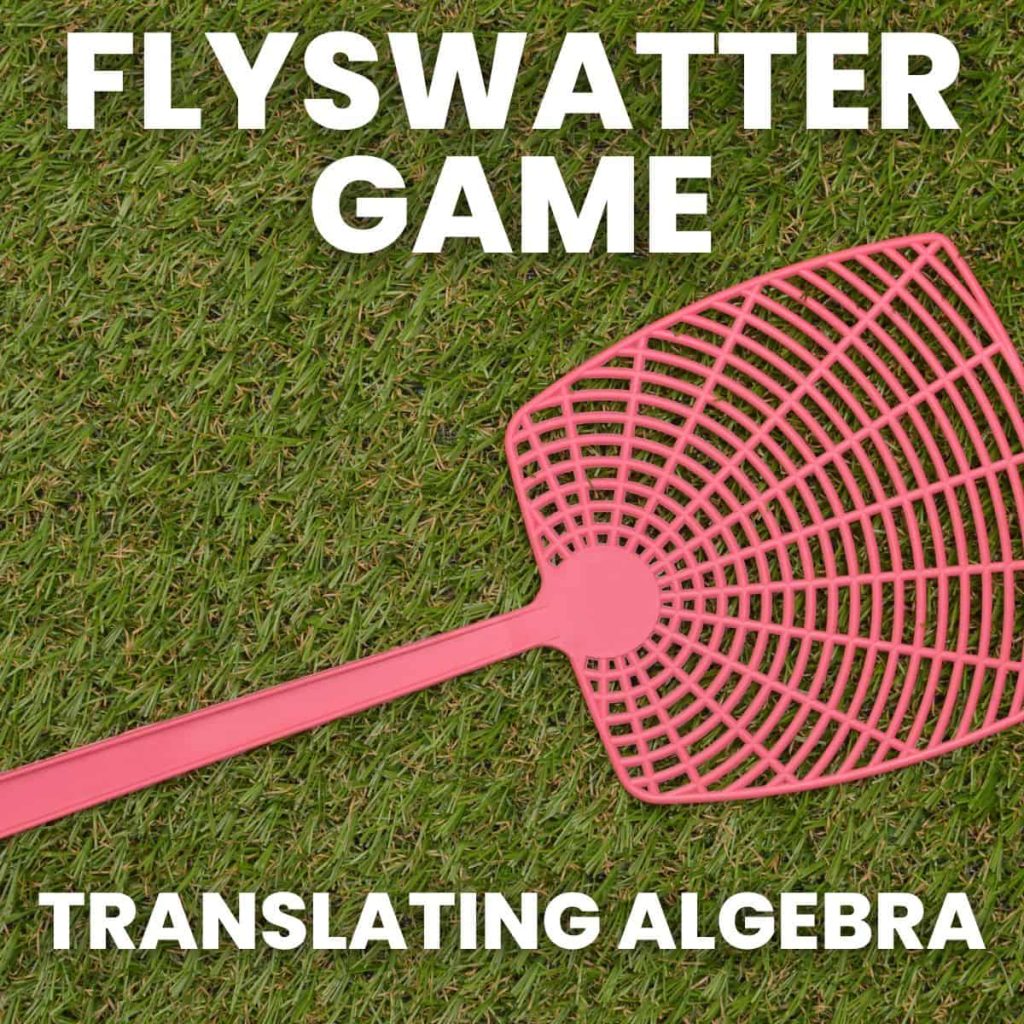
My teacher would read out a definition. The first person to slap the correct answer would get to go to the back of their line. The other person, however, had to return to their seat. They were out of the game. This continued until only one team remained standing. The only prize we received for winning was bragging rights, but that always seemed like enough.
Over the years, I’ve used this game in my own classroom for various topics. I’ve blogged about using the flyswatter game for differentiating between the different forms of linear functions and the different forms of quadratic functions and locating points on the coordinate plane.
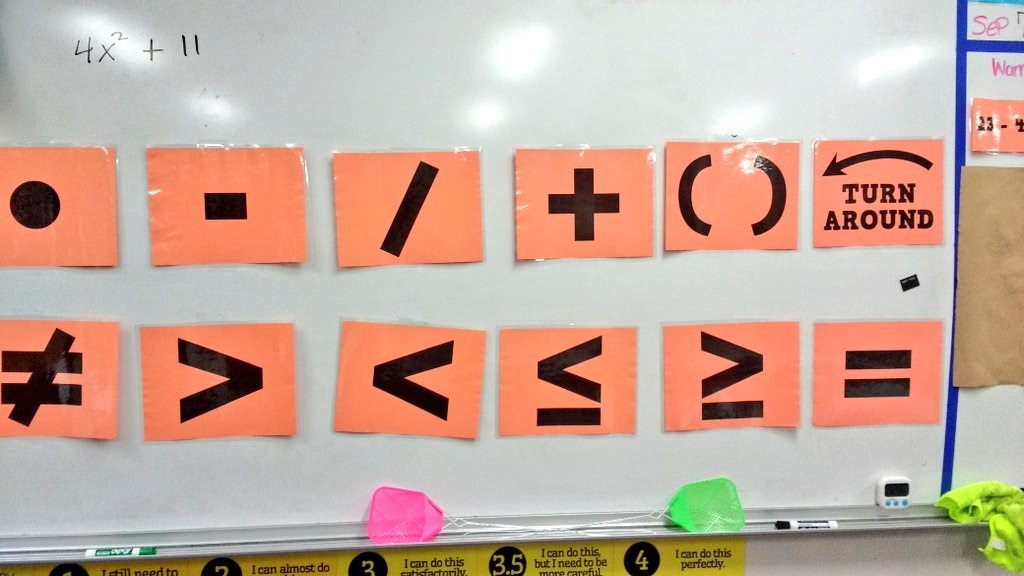
This year, I decided to utilize the flyswatter game to review for our quiz on translating between words and algebra. I printed the various symbols we were translating on colored paper and laminated them for longevity.
MATH = LOVE RECOMMENDS…

A laminator is a MUST-HAVE for me as a math teacher! I spent my first six years as a teacher at a school with a broken laminator, so I had to find a way to laminate things myself.
I’ve had several laminators over the years. I currently use a Scotch laminator at home and a Swingline laminator at school.
I highly recommend splurging a bit on the actual laminator and buying the cheapest laminating pouches you can find!
Here’s an action shot as two students race to identify the symbol that means the same thing as “quotient.”

To keep myself sane while calling out the words, I created a “Calling Card.” As I called out each phrase, I marked it off. This meant my students heard a good mix of words. I put it in a dry erase pocket to make it easily reusable.
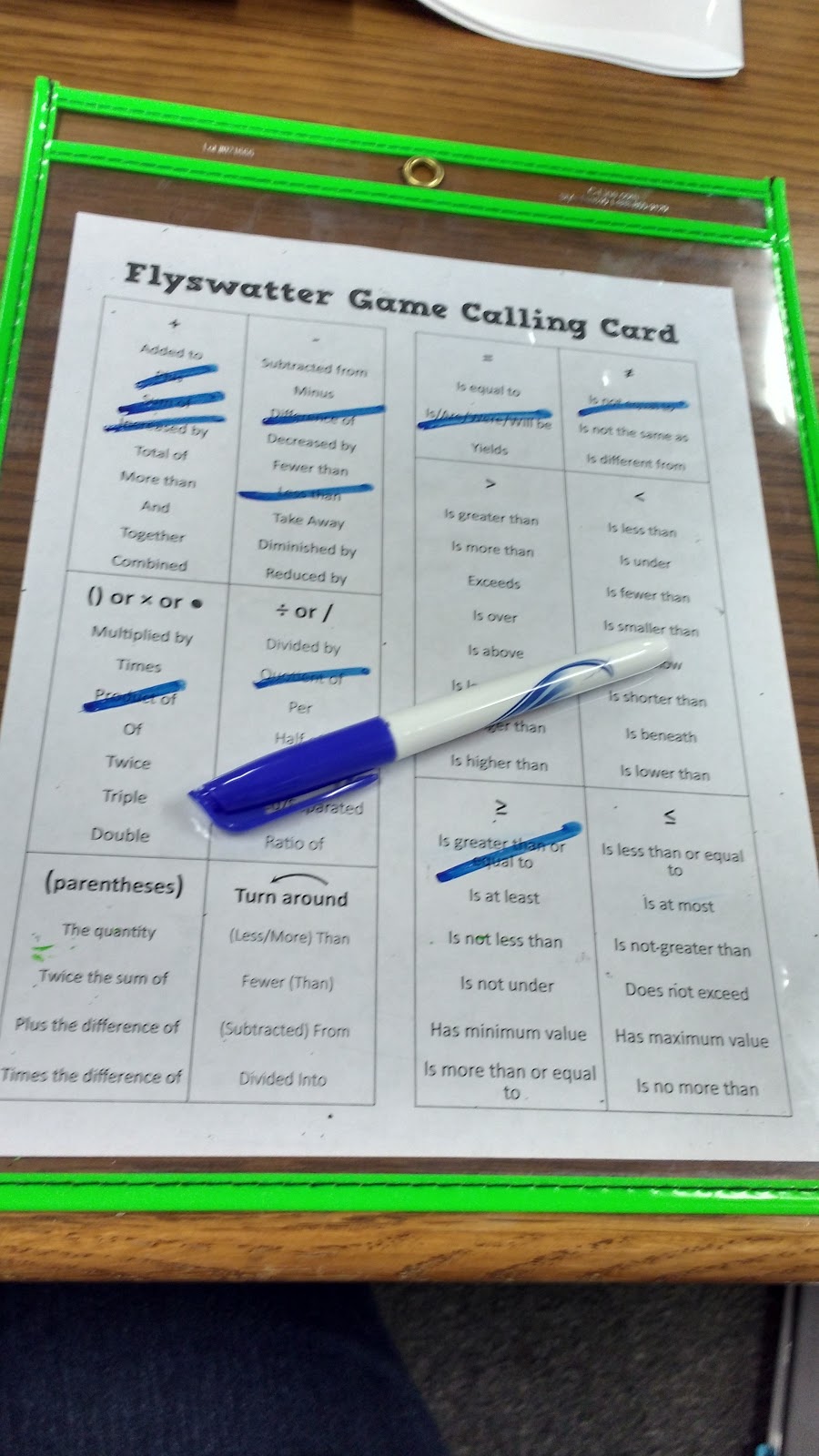
If you don’t have a classroom set of dry erase pockets, you could also use heavy duty sheet protectors. But, I highly recommend investing in a classroom set of the pockets since they are so much more durable.
MATH = LOVE RECOMMENDS…
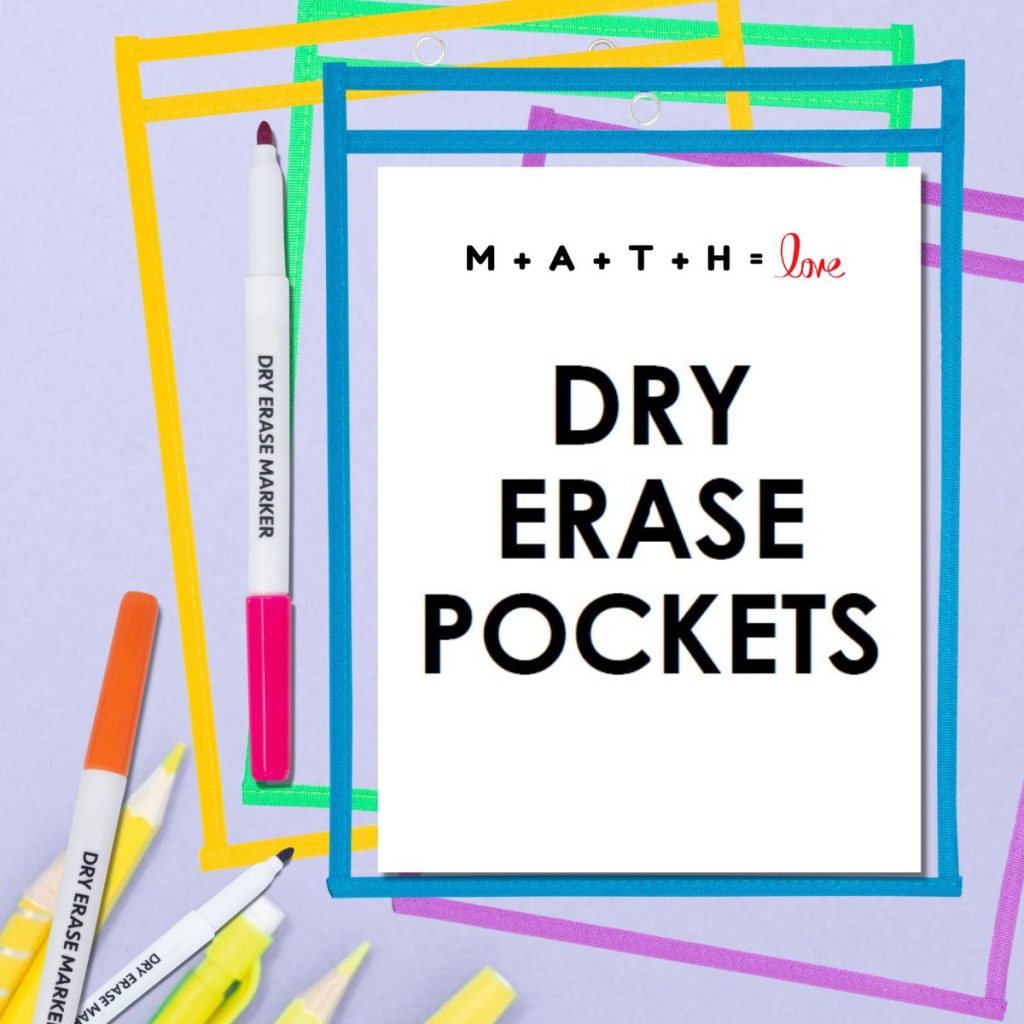
I cannot imagine teaching math without my dry erase pockets! They instantly make any activity more engaging and save me countless hours at the copy machine since I can use the same class sets of copies year after year.
Here are my current go-to recommendations:
Now, I did deviate a bit from the way Mrs. Murray taught us to play the flyswatter game. Instead of having two lines of students waiting to play on the dry erase board, I gave each pair a turn to play five or so words at the dry erase board. Then, another pair got a turn.
When students weren’t playing with the flyswatters on the dry erase board, they got a chance to play with a mini deck of cards at their table. With this version, students had to be the first to slap the correct answer.

Some of my Algebra 1 classes can get a bit rowdy, so I wanted to keep every student engaged during the entire game.
Having now played this, I would probably make some tweaks to the game. Let’s be honest, I’ll be making tweaks to my entire approach to teaching translating between words and algebra. It’s such a hard topic to teach. My students have finally become confident with their translating, but it has taken over a month of continual practice instead of the week or so that I expected. Throughout our solving equations unit, I have given them their equations in word form such as “Three less than five times a number is equal to negative twenty-three.” Students have had to translate it before they can solve it. This continual practice seems to have done the trick. But, I would like to find a way to expedite this learning process in future years.
I also recommend checking out my Translating Algebra Around the Room Activity to give your students even more practice with this important skill!
Free Download of Translating Algebra Flyswatter Game
Translating Algebra Flyswatter Game Cards (PDF) (918 downloads )
Translating Algebra Flyswatter Game Cards (Editable Publisher File ZIP) (818 downloads )
Translating Algebra Flyswatter Game Calling Card (PDF) (878 downloads )
Translating Algebra Flyswatter Game Calling Card (Editable Publisher File ZIP) (768 downloads )

